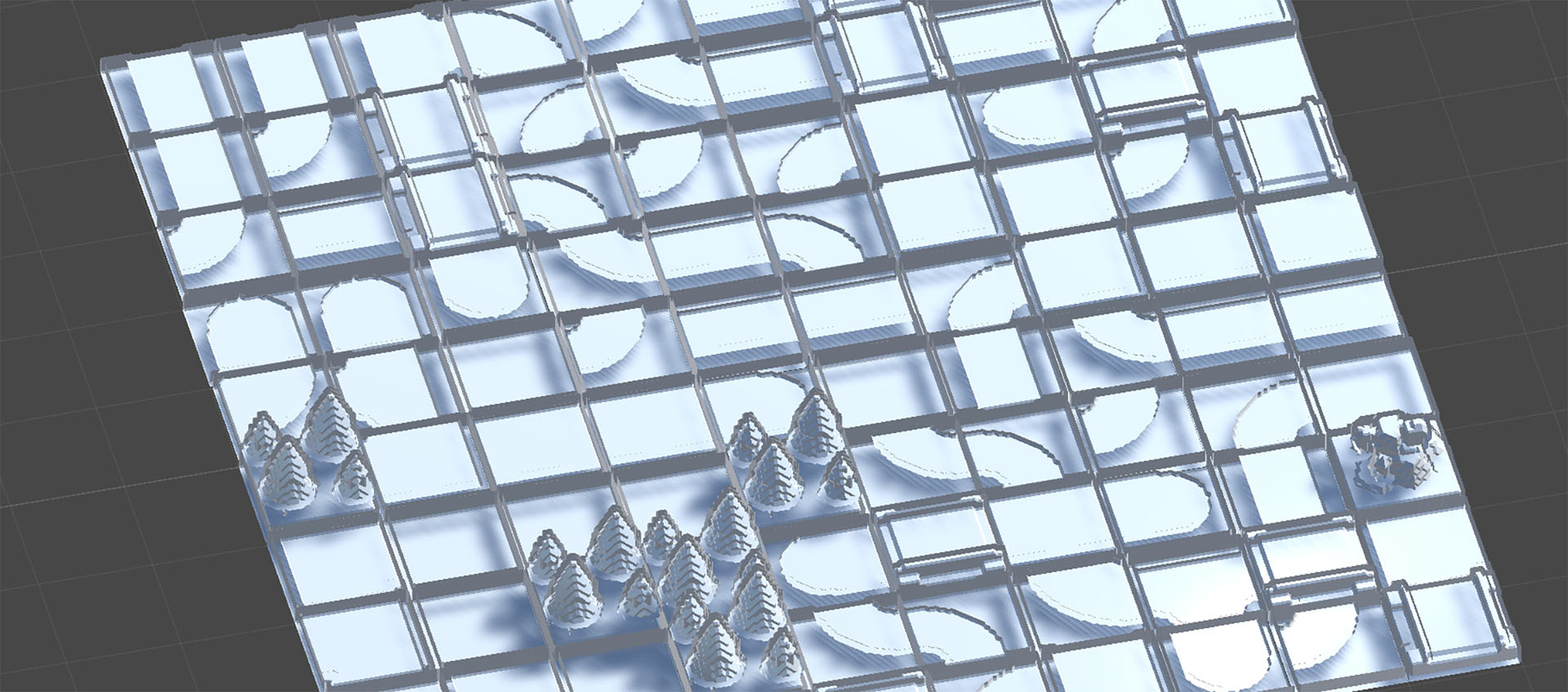“GAN Applied to Wave Function Collapse for Procedural Map Generation” by Lioret, Ruche, Gibiat and Chopin
Conference:
Type(s):
Entry Number: 59
Title:
- GAN Applied to Wave Function Collapse for Procedural Map Generation
Presenter(s)/Author(s):
Abstract:
This paper describes the use of Generative Adversarial Network (GAN) applied to the Wave Function Collapse (WFC) algorithm for procedural content generation. The goal of this system is to enable level designers to generate coherent 3D worlds with brand new meshes generated by the GAN.
References:
Nordvig Møller, T., Billeskov, J., & Palamas, G. (2020, September). Expanding wave function collapse with growing grids for procedural map generation. In International Conference on the Foundations of Digital Games (pp. 1-4)Google ScholarDigital Library
Mintrone, A., & Erioli, A. (2021). Training Spaces-Fostering machine sensibility for spatial assemblages through wave function collapse and reinforcement learning.Google ScholarCross Ref
Wang, X., Xu, D., & Gu, F. (2020). 3D model inpainting based on 3D deep convolutional generative adversarial network. IEEE Access, 8, 170355-170363.Google ScholarCross Ref
Wu, Z., Song, S., Khosla, A., Yu, F., Zhang, L., Tang, X., & Xiao, J. (2015). 3d shapenets: A deep representation for volumetric shapes. In Proceedings of the IEEE conference on computerGoogle Scholar
B. Yang, S. Rosa, A. Markham, N. Trigoni and H. Wen, ”Dense 3D Object Reconstruction from a Single Depth View,” in IEEE Transactions on Pattern Analysis and Machine Intelligence, vol. 41, no. 12, pp. 2820-2834, 1 Dec. 2019, doi: 10.1109/TPAMI.2018.2868195.Google ScholarCross Ref




